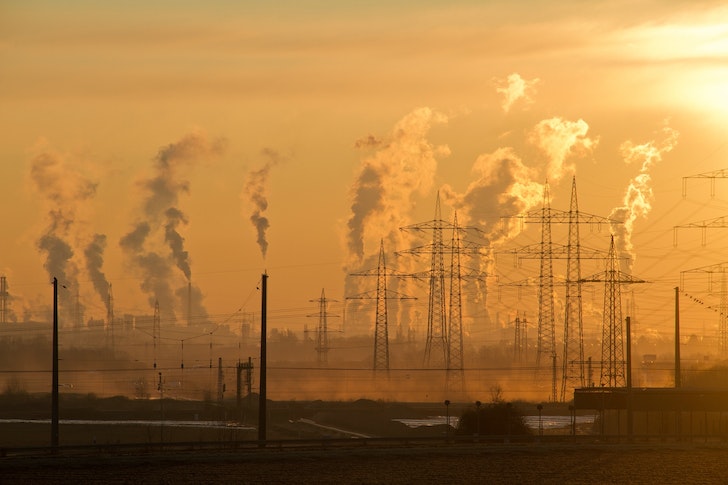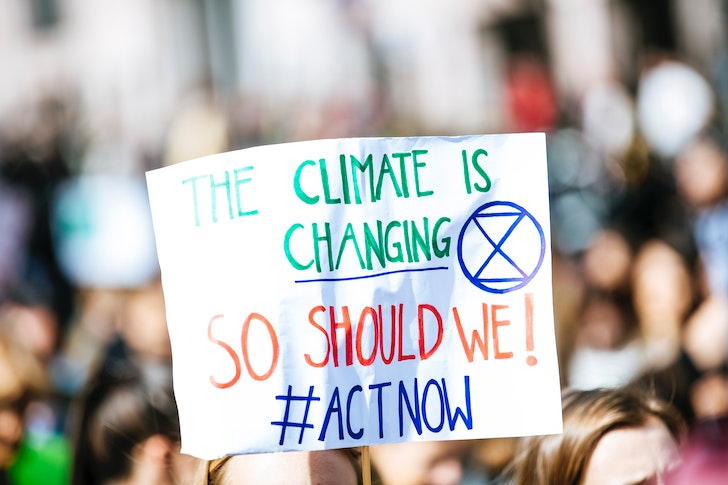Climate change has become a hot topic for scientists and politicians alike as they are witnessing first-hand repercussions in the form of tsunamis, destructive floods, killer heat waves, and uncontrollable wildfires that wipe forests off the face of the world.
However, the international community has been working to reverse the negative impact of extreme industrialization. Climate change has resulted in the breakdown of the ozone layer, which has the primary function of filtering out UV light from the sun. This layer is made up of Ozone (O³) and is found to be present in the lower portion of the atmosphere, approximately 15 to 35 kilometers above the surface of the earth.
Scientists began observing small holes in the ozone layer, which continued to grow over time. This was because of the increased and uncontrolled use of chlorofluorocarbon, carbon tetrachloride, and halons. But it seems that the ozone shield is recovering all because of the Montreal Protocol. 
Porapak/Pexels | Could there be a way to make the ozone layer complete again?
What is the Montreal Protocol?
Signed in 1987, the Montreal Protocol is an international treaty upheld by countries dedicated to protecting the ozone shield and taking measures to restore this. This treaty outlined the strategies surrounding the gradual reduction in the usage and production of substances that are the leading cause behind the depletion of the ozone layer.
This treaty became effective in 1989 and today, scientists can say that they have made significant improvements regarding the status of the ozone layer since the treaty became effective.

The Result
In a recent report which is published every four years to keep track of Montreal Protocol progress, it was revealed that around 99% of ozone-depleting substances had been banned.
This phasing down of the substance has resulted in a significant recovery of the ozone layer in the upper stratosphere and even reported reduced human exposure to UV rays as well. Today, the Montreal Protocol holds great importance mainly because of the climate change issue, which has impacted every part of the globe.
Even the UN secretary-general Antonio Guterres sent out a tweet calling the restoration of the ozone layer ‘an encouraging example’ of what happens when the world unites for an important cause. Another agreement titled the Kigali Amendment mentioned the phase-down of the hydrofluorocarbons.
While HFCs don’t have a direct impact on the ozone layer, they can contribute to global warming and accelerated climate change. If the work continues at this pace, the ozone layer might be completely restored, which could cause a positive impact and may even slow down the advancing climate change.

This is the kind of news you would want to hear at the start of the new year.
Here’s to restoring the ozone layer and reversing climate change.





